Wrangell-St. Elias National Park is located in Alaska and holds the distinction of being the largest national park in the USA. It includes four unique mountain ranges, one of which is the tallest and is situated near the coast. The park is not heavily frequented by tourists, but those who do make the journey are assured a remarkable experience.
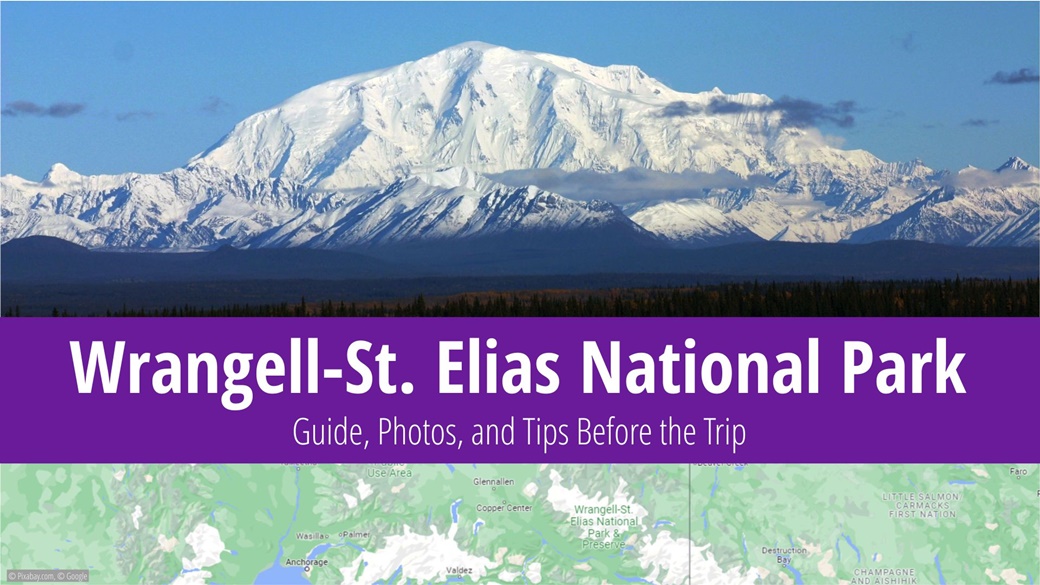
Table of Contents
- About Wrangell-St. Elias National Park
- What to See and Do in Wrangell-St. Elias National Park
- When to Visit Wrangell-St. Elias National Park
- Average Temperatures and Visitor Numbers in Wrangell-St. Elias National Park
- Admission to Wrangell – St. Elias National Park
- How to Reach Wrangell – St. Elias National Park
- Accommodation in Wrangell – St. Elias National Park
- Tips and Advice for Traveling to Wrangell – St. Elias National Park
- Photos of Wrangell – St. Elias National Park
About Wrangell-St. Elias National Park
Wrangell-St. Elias National Park and Preserve is positioned in southern Alaska, close to the Canadian border. Covering an area of 13,005 sqmi, it’s the largest national park in the USA. To provide some context, it is marginally larger than Belgium. It attracts around 50,189 visitors annually (as of 2021), a lower than average figure primarily due to its remote location.
This region adjacent to the Yukon was officially designated a national park on December 2, 1980. It reached the height of its fame in the early 20th century during the gold rush, and when silver and copper mining were at their peak. Later, natural gas and petroleum extraction were added. The national park is named after the St. Elias Range and the Wrangell Mountains contained within its borders.
The park’s highest point is Mount Saint Elias at 18,009 ft, while its lowest point is the Gulf of Alaska at sea level.
Most of the park’s forested areas are populated by black spruce, with deciduous trees primarily being poplars and birches. Grasses and mosses constitute the majority of other plant species. The wildlife found in Wrangell-St. Elias National Park includes black bears, brown bears, gray wolves, sheep, and reindeer, known as caribou in North America. During the summer, female mosquitoes can be a nuisance as they bite to protect their eggs.
What to See and Do in Wrangell-St. Elias National Park
People typically visit this part of America for one primary reason – the great outdoors. Wrangell-St. Elias National Park is divided into three sections:
North District
The northern section of the park includes areas around Nabesna Road and the historic Chisana area, known for extensive gold and copper mining. It also hosts the source of the Copper River, as well as Mt. Drum, Mt. Wrangell, and Mt. Sanford. Hunters regard this area as one of the world’s best.
South District
This area is located near Kennecott and McCarthy Road. The most intriguing site is the mining town of Kennecott, declared a historical landmark in 1986. Natural wonders in this area include Kennicott Glacier, Root Glacier, Balgey Icefield, and Mt. Blackburn, Mt. Bona, and Mt. Churchill.
Yakutat District
This less-visited coastal region hosts Mount Saint Elias, the second highest mountain in the USA, at 18,009 ft. This district is only accessible by boat or plane.
Day hikes are popular within the park, with several trails and routes of varying lengths and difficulty levels available. Many of these trails start at Kennecott or at the visitor centers. For the more adventurous, multi-day trips are an option, but consulting park rangers or a local expert about the route is highly recommended.
Although fishing in Alaska is regulated, you have the chance to catch Arctic grayling, smallmouth bass (known as Dolly Varden here), lingcod, Arctic grayling, yellowtail, and rainbow trout among others.
If you have a raft or kayak, you can embark on a multi-day float down the Chitina River. If you’d rather leave the planning to others, guided trips are available, where experts handle the organization and supply the vessels. Kayaking down Icy Bay in the Yakutat area, replete with icebergs, offers an exclusive experience.
When to Visit Wrangell-St. Elias National Park
Wrangell-St. Elias National Park is open year-round, but its accessibility is influenced by Alaska’s extreme weather. Winters here can extend over five months, with the best time to visit being from early June to mid-September. After September 15, most facilities within the park close for the season.
The warmest months are June and July, when mosquitoes are also most abundant in the park. Temperatures can occasionally reach up to 77 °F, but such days are not guaranteed. Expect snowfall at any time. Fall in Wrangell-St. Elias is usually brief. The leaves begin to change color in mid-August, the mosquitoes cease to be a nuisance, and by September, snow begins to fall.
Winters are harsh, dark, and extremely cold. Daytime temperatures rarely exceed 7 °F and can plummet to -49 °F at night. The Nabesna Road and McCarthy Road access routes are not regularly maintained during winter.
Spring in Wrangell-St. Elias National Park is a time of optimism. The days lengthen, the sky is often cloudless, and temperatures typically range between 39 °F and 50 °F.
Average Temperatures and Visitor Numbers in Wrangell-St. Elias National Park
The average temperatures in Wrangell-St. Elias National Park are determined by the National Parks Service, using data from 2017 to 2021. Visitor numbers are also based on the same time frame.
| Max Temp | Min Temp | Precipitation Days | Visitors | Popularity | |
|---|---|---|---|---|---|
| January | 3 °F | -15 °F | 18.1 | 25 | 🟩 |
| February | 16 °F | -8 °F | 15.3 | 95 | 🟩 |
| March | 30 °F | 1 °F | 15.6 | 230 | 🟩 |
| April | 43 °F | 18 °F | 15.1 | 520 | 🟩 |
| May | 55 °F | 30 °F | 13.3 | 3 645 | 🟨🟨 |
| June | 66 °F | 39 °F | 12.5 | 15 193 | 🟥🟥🟥🟥 |
| July | 70 °F | 43 °F | 14.3 | 22 089 | 🟥🟥🟥🟥 |
| August | 66 °F | 39 °F | 16.2 | 19 940 | 🟥🟥🟥🟥 |
| September | 55 °F | 30 °F | 18.8 | 7 936 | 🟧🟧🟧 |
| October | 36 °F | 18 °F | 19.6 | 530 | 🟩 |
| November | 16 °F | -2 °F | 17.5 | 60 | 🟩 |
| December | 7 °F | -11 °F | 19.0 | 35 | 🟩 |
Admission to Wrangell – St. Elias National Park
Entry to Wrangell – St. Elias National Park is free, just like other national parks in Alaska.
How to Reach Wrangell – St. Elias National Park
Wrangell-St. Elias National Park has no entrance gate, yet it is accessible by car. It’s advisable to rent a 4×4 vehicle because the roads can be unpaved and muddy. The two main access roads are named Nabesna Road and McCarthy Road.
| From / To | Distance | Driving time | Route |
|---|---|---|---|
| Anchorage | 201 mi | 4 hours 15 minutes | View Route |
Alternatively, from Anchorage, you can take the Interior Alaska Bus Line bus to the park. The service runs thrice a week to Tok, with the closest stops to the park being either Glennallen ($80 one way) or Chistochina ($95).
However, for the best experience, consider flying. Don’t expect a large Boeing; Copper Valley Air Service operates small planes that can accommodate a few passengers.
Accommodation in Wrangell – St. Elias National Park
🏨 Hotels
Located on the edge of the national park is the town of Slana where you can find the Hart D Ranch. It’s one of the few lodging options in the surrounding area. A larger assortment of hotels and motels can be found in Anchorage, 201 mi away.
⛺ Campsites
Several sites along Nabesna Road are suitable for overnight camping. They are fairly primitive and operated on a first-come, first-served basis. The last place to get drinking water is in the town of Slana.
- Rufus Creek
This site, equipped with picnic tables and surrounded by trees, is located at milepost 6.1. - Kettle Lake
A campground with picnic tables and breathtaking views of the Wrangell Mountains. Follow the trail to a small lake. The campground is located at milepost 16.6. - Rock Lake
A smaller campsite along the road at milepost 21.8. It comes with a picnic table and restroom. - Kendesnii Campground, milepost 27.8
This is the only campground operated by the park service. It has 10 designated tent sites, each with its own picnic table and fire ring. If required, you can drive instead of pitching your tent. It’s situated at mile marker 27.8. - Jack Creek
A lesser-used campsite at milepost 35.3. It features twin picnic tables, a restroom, and room for three vehicles. From here, you can hike along the creek to several small lakes protected by beavers.
Across Wrangell – St. Elias National Park, there are 14 cabins available for use. Some of them require advance reservations. You can stay in all except the Esker Stream Cabin for free. Remember to follow a few simple rules like keeping the place tidy and not damaging the surrounding nature.
Tips and Advice for Traveling to Wrangell – St. Elias National Park
ℹ️ Visitor Centre
If you’re planning a multi-day trek, we recommend stopping at one of the ranger stations first and informing them about your plans, for your safety.
The primary information center is the Wrangell-St Elias Visitor Center Complex at mile marker 106.8 of the Richardson Highway. This beautiful wooden lodge, featuring a gift shop and exhibit, is open daily from 9:00 am to 6:00 pm, from mid-May to mid-September.
Other, smaller stations include the Slana Ranger Station and Kennecott Visitor Center.
👍 Good to Know
Alaska is rugged and wild, requiring much more detailed preparation than a weekend trip to the Grand Canyon. However, those who venture there usually come prepared. In brief, remember to pack plenty of warm clothing, food in bear-proof containers, and reliable, detailed maps.
Before you leave, read up on the guidelines about how to behave if you encounter a bear or moose. The latter have reportedly been responsible for more attacks on humans than bears in the park.
We highly recommend downloading and studying the useful brochures produced by the park service before you depart. They are free and contain invaluable maps.
Photos of Wrangell – St. Elias National Park

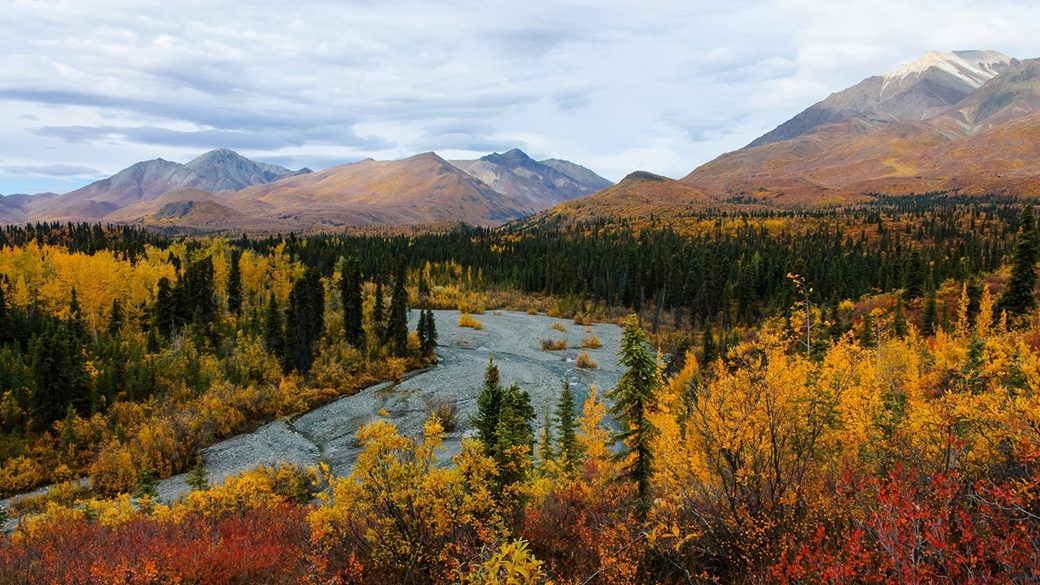
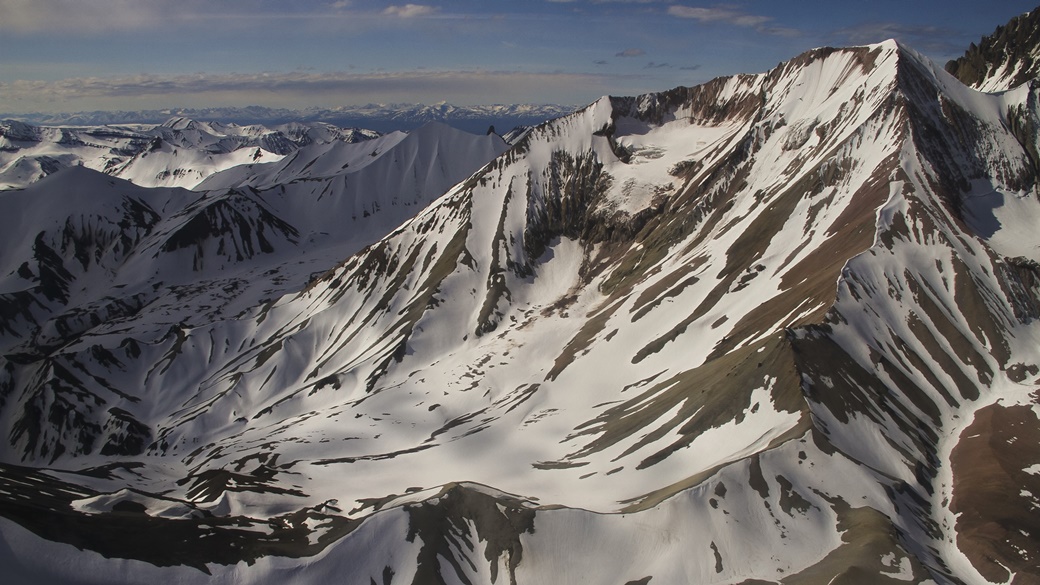
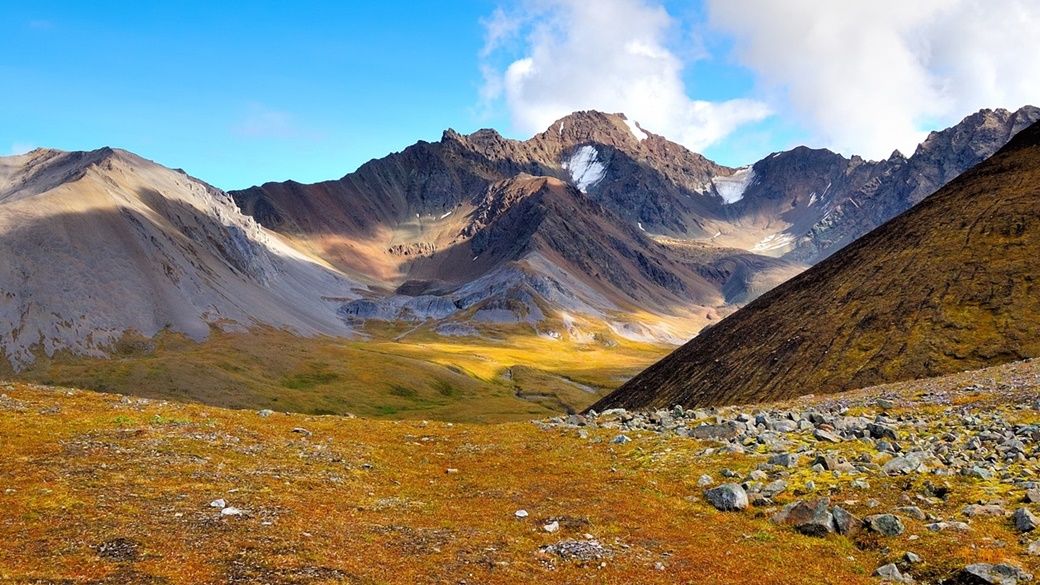
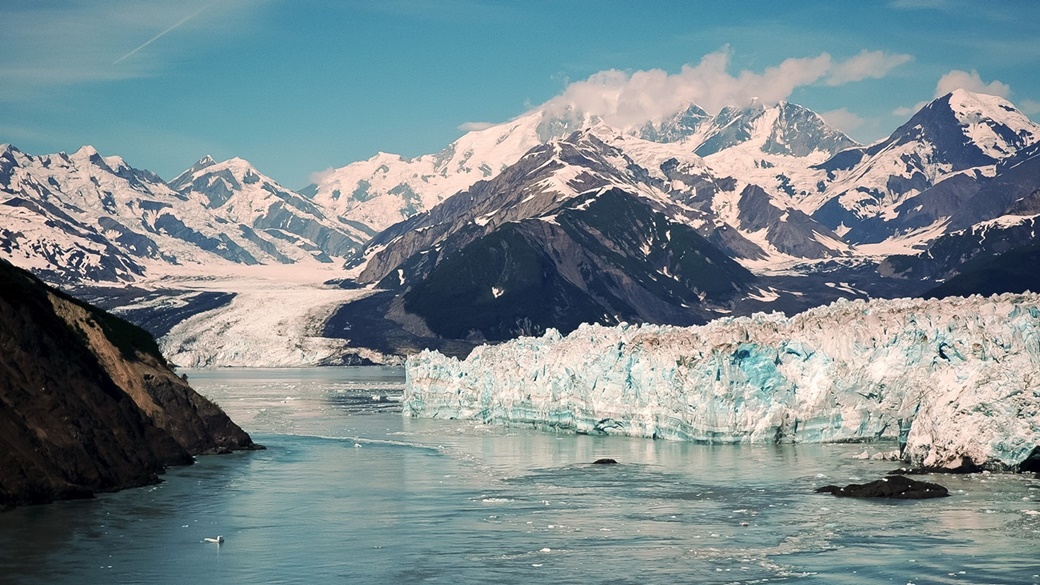
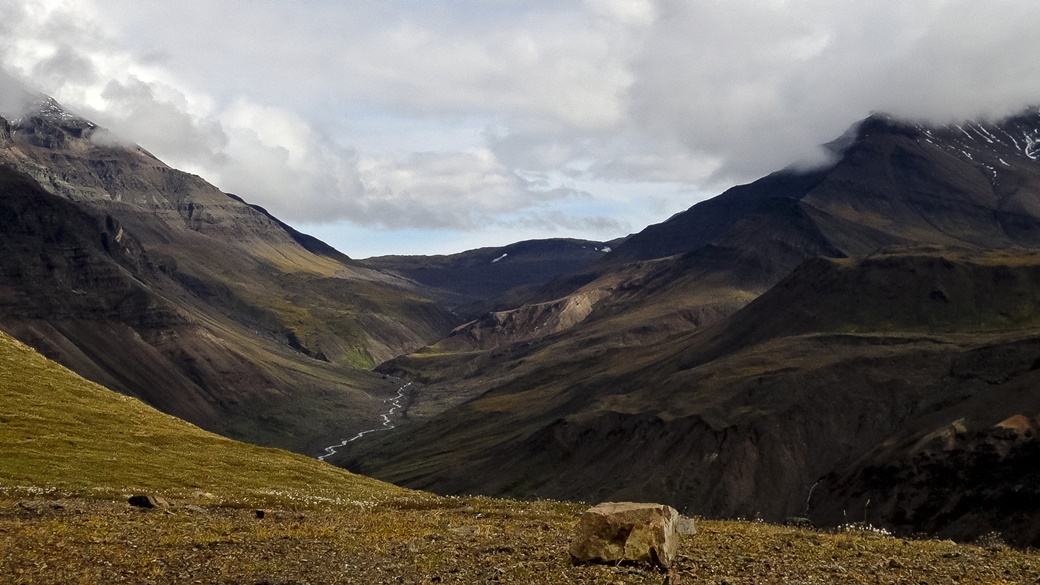
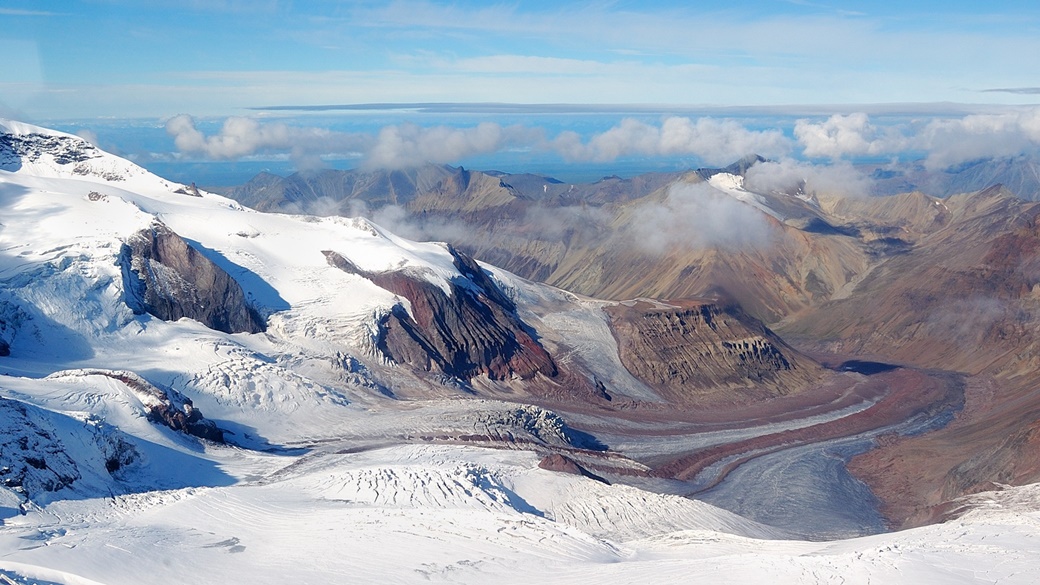
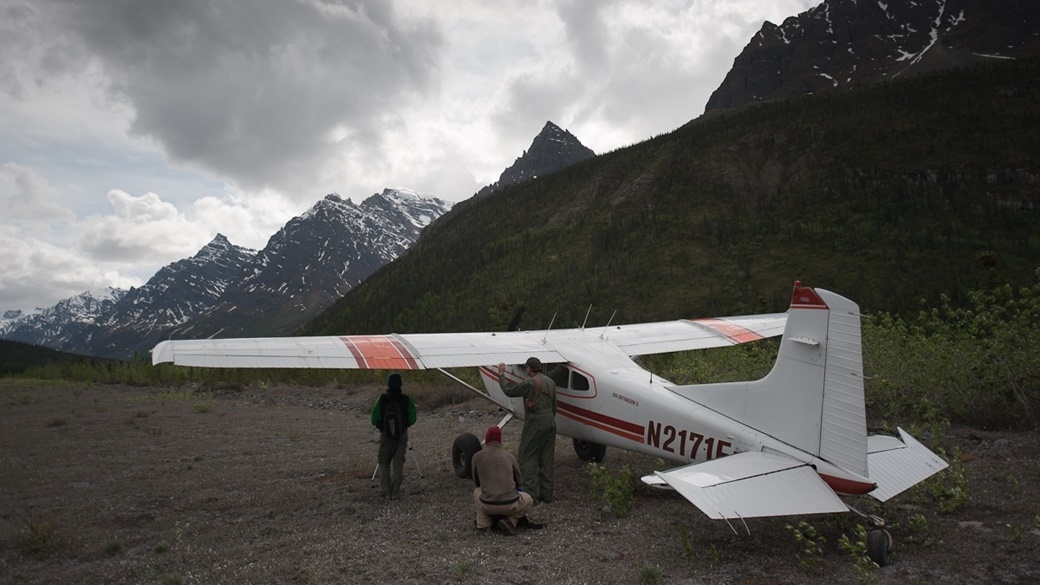
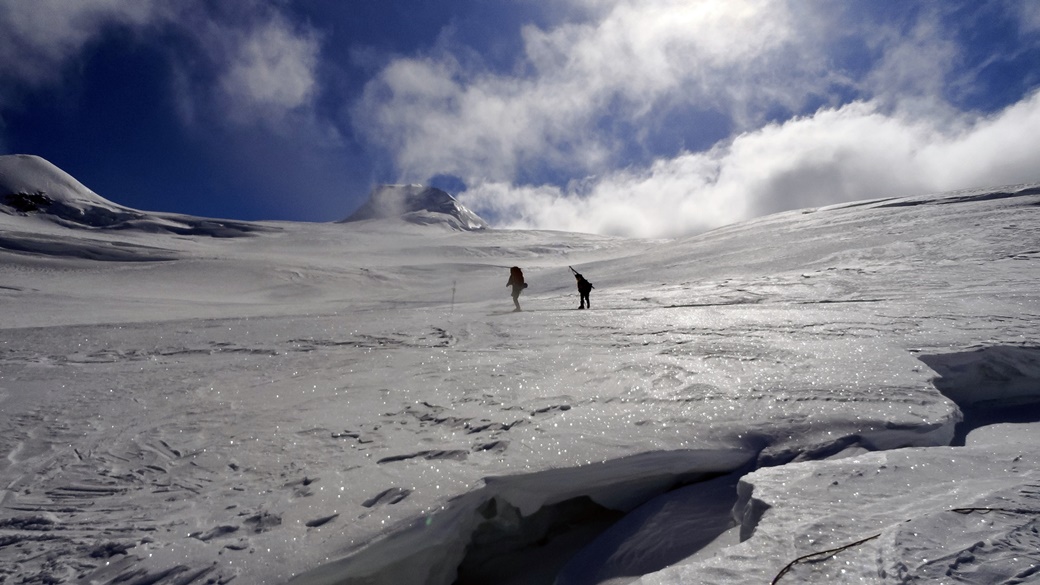
US National Parks
- National Parks of the USA – Map, List and Annual Pass
- America the Beautiful Pass 2025 – How It Works, Cost & Parks
- Timed-Entry Reservation for US National Parks (2025 GUIDE)
Travel Guides to USA National Parks

 10 Best Photo Places in the USA
10 Best Photo Places in the USA
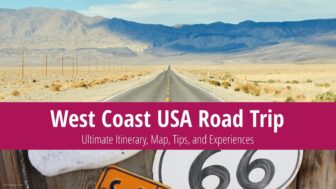



Contribute with Your Question or Personal Experience